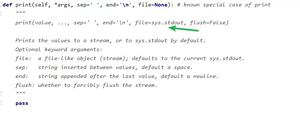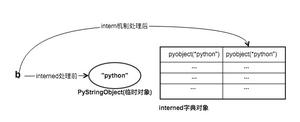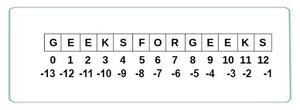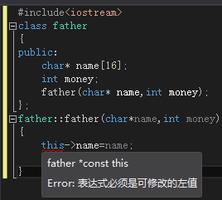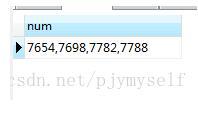7. python 字符串格式化方法(1)

7. python 字符串格式化方法(1)
承接上一章节,我们这一节来说说字符串格式化的另一种方法,就是调用format()
>>> template='{0},{1} and {2}'
>>> template.format ('a','b','c')
'a,b and c'
>>> template='{name1},{name2} and {name3}'
>>> template.format (name1='a',name2='b',name3='c')
'a,b and c'
>>> template='{name1},{0} and {name2}'
>>> template.format ('a',name1='b',name2='c')
'b,a and c'
>>>
这里根据上面的例子说明一下
1.替换的位置可以使用下标的来标记
2.替换的位置可以使用名称来替换
下面我们来说说,在方法里面添加属性
>>>import sys
>>> 'my {1[spam]} runs {0.platform}'.format(sys,{'spam':
'laptop'})
'my laptop runs win32'
>>>
>>> 'my {config[spam]} runs {sys.platform}'.format(sys=sys,config={'spam':'laptop'})
'my laptop runs win32'
>>>
上面两个例子里面,第一处读取了字符串,第二处读取sys里面的platform属性
下面再举一个例子,说明在表达式里面使用偏移量
>>> aList=list('abcde')
>>> aList
['a', 'b', 'c', 'd', 'e']
>>> 'first={0[0]} third={0[2]}'.format (aList)
'first=a third=c'
>>>
注意:在使用偏移量的时候只能够是正整数,不能够使用负数,不能够使用代表区间正整数
>>> aList=list('abcde')
>>> aList
['a', 'b', 'c', 'd', 'e']
>>> 'first={0[0]} third={0[-1]}'.format (aList)
Traceback (most recent call last):
File "", line 1, in
'first={0[0]} third={0[-1]}'.format (aList)
TypeError: list indices must be integers, not str
>>> 'first={0[0]} third={0[1:3]}'.format (aList)
Traceback (most recent call last):
File "", line 1, in
'first={0[0]} third={0[1:3]}'.format (aList)
TypeError: list indices must be integers, not str
>>>
以上是 7. python 字符串格式化方法(1) 的全部内容, 来源链接: utcz.com/z/388898.html

